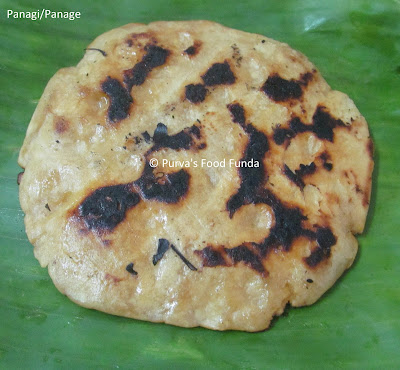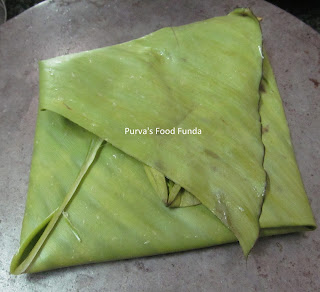Tondali Rassa Bhaji has mild spicy and nutty taste, goes well with roti.
Ingredients:
Method:
Tips:
Ingredients:
- Ivy gourds (tondli/ tindora)- 250 gm
- Mustard seeds- 1 tsp
- Asafoetida (hing)- ¼ tsp
- Turmeric powder- ½ tsp
- Home made masala- 3 tsp or (1 ½ tsp Red chilli powder + 2 tsp Goda masala)
- Peanuts, roasted & peeled- 2 tbsp
- Cumin seeds- 1 tsp
- Oil- 3 to 4 tbsp
- Salt- as per taste
- Fresh coriander, finely chopped- 2tbsp
Method:
- Wash and wipe tondali. Cut the ends of ivy guards. Cut in the middle, make 4 to 6 parts lengthwise.
- Grind peanut and cumin seeds with some water into fine paste.
- Heat the oil in a large non-stick pan or wok and add the mustard seeds. When the mustard seeds crackle, add asafoetida and tondali.
- Add turmeric powder and masala or chili powder. Sauté on a low heat for few seconds.
- Cover and cook on a low heat for 5 minutes, while stirring occasionally.
- Add salt, ground paste and some water to adjust consistency as per personal choice. Mix well and cover and cook on a low heat for 4-5 minutes or till tondli cooked, while stirring occasionally.
- Add goda masala, (jaggery, tamarind pulp if using) and some water if needed.
- Mix well and continue to simmer this curry for another 2 minutes.
- Garnish with chopped coriander. Serve hot with chapati/roti.
Tips:
- You can add to this curry 1 tsp tamarind pulp and ½ tsp jaggery. I also made as this, both are equally good in taste.
- You can use fresh coconut paste instead of peanuts paste.
- Personally, I think that onion, ginger, garlic not goes well with any type of tondali curry.



































